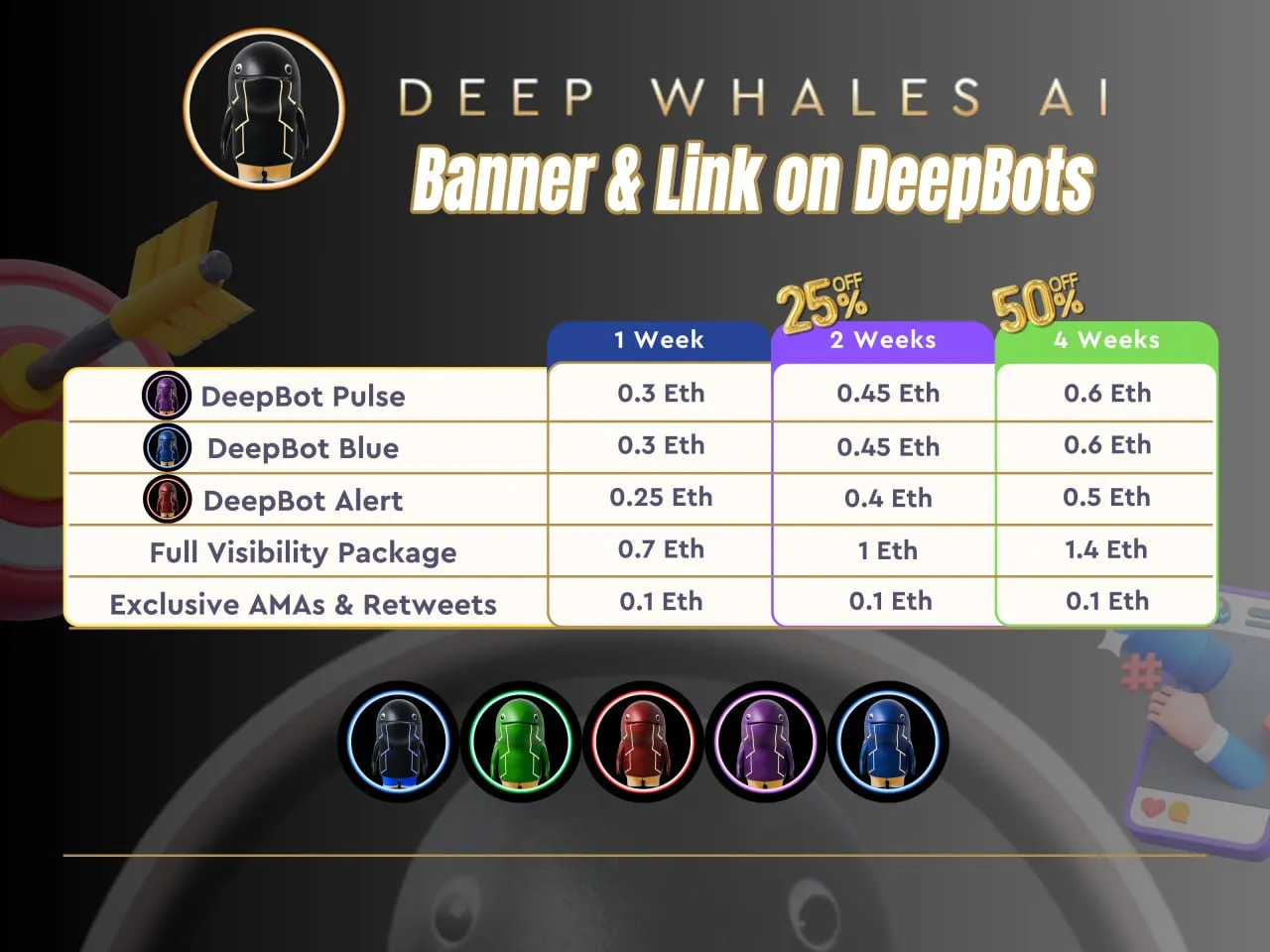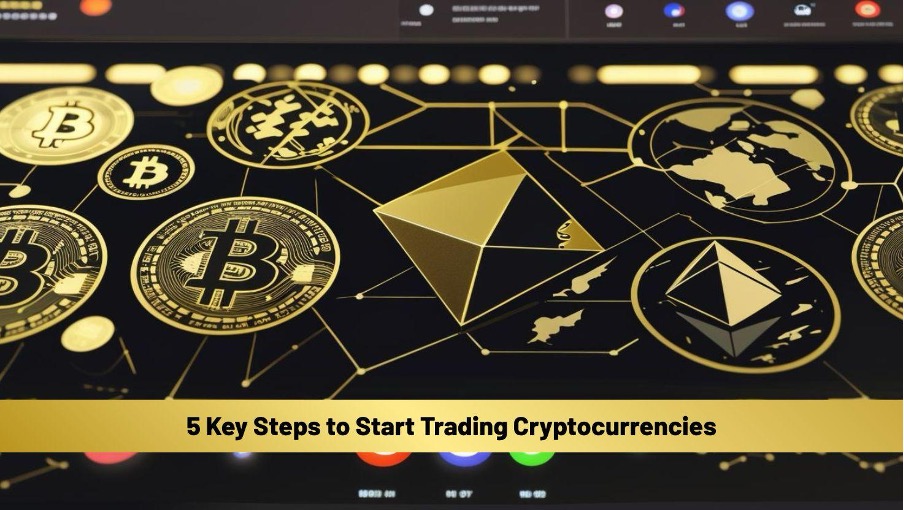For every Web3 project that captures the zeitgeist, there are a thousand
brilliant ones that perish in silence. They build elegant code, solve genuine problems,
and design robust tokenomics, only to find themselves shouting into a hurricane.
This is the great, unspoken tragedy of the decentralised revolution: in a landscape
designed to be open, visibility has become the scarcest resource. The promise of a
level playing field is constantly undermined by a deafening cacophony of noise,
leaving even the most innovative projects unheard.
Founders are trapped in a frustrating paradox. The conventional playbook for growth,
written for the centralised world of Web 2.0, is fundamentally broken here. The
machinery of targeted ads, SEO battles, and slick PR campaigns feels antiquated
and often ineffective in an ecosystem built on skepticism towards centralised
authority. The Web3 user is not a passive consumer to be targeted; they are a
discerning participant to be engaged. They don't respond to ads; they respond to
utility, authenticity, and community.
This forces a critical question: if the old tools are obsolete, how does a genuinely
valuable project earn the attention it deserves? What if the solution isn't to shout
louder, but to change the very nature of the conversation? Perhaps the answer to
user acquisition doesn't lie in a marketing budget at all, but in engineering a new kind
of symbiotic relationship between a project and the community it seeks to serve.
The Broken Engine: Why Traditional Growth Hacks Fail Web3
The disconnect between Web3 projects and traditional marketing isn't just
philosophical; it's intensely practical. Platforms that form the bedrock of digital
advertising often view the crypto space with suspicion, imposing outright bans or
navigating a minefield of regulatory grey areas. The cost of reaching a qualified
audience is astronomical, and the return on investment is notoriously difficult to
measure. You are spending fortunes to reach an audience that is, by its very nature,
resistant to being sold to.
More profoundly, these methods attack the problem from the wrong angle. They are
designed to generate clicks, not to build belief. They treat a project's token as a
product to be pushed, rather than as a foundational piece of a new digital economy.
This approach fails to create the one thing that truly drives sustainable growth in this
space: organic, utility-driven demand. A banner ad might generate a brief spike in
website traffic, but it does little to convince a user to integrate a new protocol into
their digital life or to hold an asset for the long term.
It's clear that Web3 requires a new growth engine. It needs a mechanism that is
native to its own principles—one that is decentralised, transparent, and value-
additive for all participants. The challenge is not to find better ways to interrupt users
with a message, but to create platforms where discovery is a natural function of
participation.
From Exposure to Ecosystem: Engineering Organic Demand
Imagine a different model. Instead of paying for exposure, what if a project
could integrate itself directly into a system that creates genuine, sustained demand
for its token? This is the paradigm shift from marketing to ecosystem engineering. It
reframes user acquisition not as a promotional activity, but as a function of core utility.
This is the principle that animates a platform like DeepBot. The concept is as
powerful as it is elegant: it moves beyond mere discussion and into direct economic
integration. By incorporating a project's token into its AI-driven trading strategies, the
platform creates an immediate and tangible use case. The token is no longer just an
entry on an exchange; it becomes an active component in a dynamic trading
ecosystem, sought after not because of hype, but because an intelligent algorithm
has identified its potential.
This mechanism transforms the entire dynamic. Demand is no longer a speculative
hope; it is an engineered outcome. Visibility is no longer a fleeting impression from
an ad; it is the persistent presence of the token within a platform used by a dedicated
community of active traders. For a new project, this offers a path to circumvent the
noise, connecting them directly with a pre-qualified, highly engaged user base in a
way that is both authentic and economically aligned.
The Symbiotic Flywheel: A New Model for Growth
This approach creates a powerful, self-reinforcing flywheel that benefits all
parties. It is the antithesis of a zero-sum marketing game.
For projects, it provides a solution to the visibility paradox that is both capital-efficient
and ethos-aligned. It delivers not just liquidity, but intelligent liquidity—demand from
users who are part of a sophisticated trading environment. It's a direct channel to a
community that values technology and performance over narrative.
For users of the platform, it acts as a powerful, curated discovery engine. Rather
than navigating the treacherous waters of crypto-Twitter and chasing hype, they are
presented with a portfolio of assets that have been integrated based on algorithmic
analysis. It provides a signal of quality, connecting them with innovative projects they
might otherwise have never found.
Ultimately, this model fosters a healthier, more meritocratic ecosystem. It creates a
space where projects can succeed based on the strength of their technology and the
utility of their token, amplified by a platform that aligns their success with the success
of its own users. It proves that the most effective way to build a community is not to
buy their attention, but to create a system where their participation generates mutual
value. The future of Web3 growth will not be defined by the biggest marketing
budgets, but by the most intelligent and symbiotic ecosystems.




